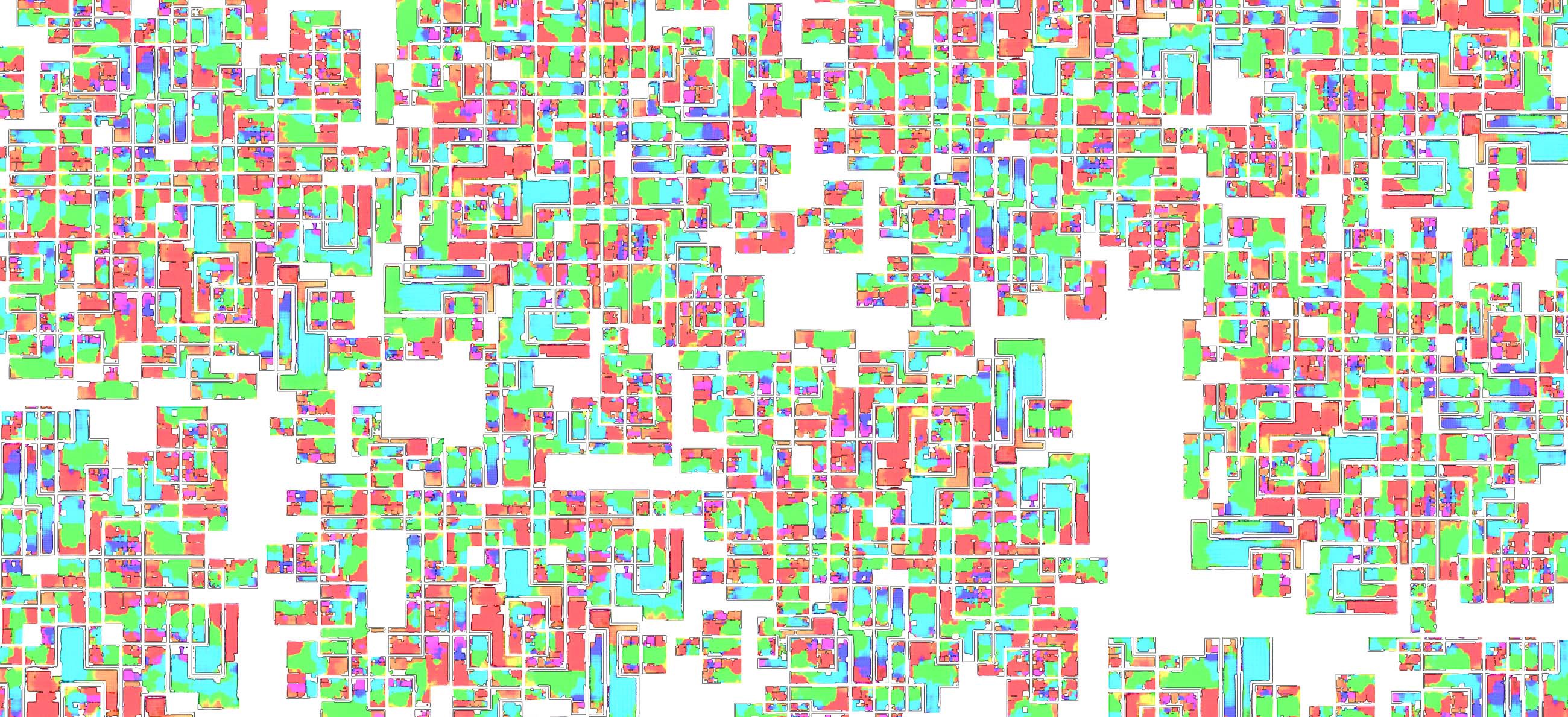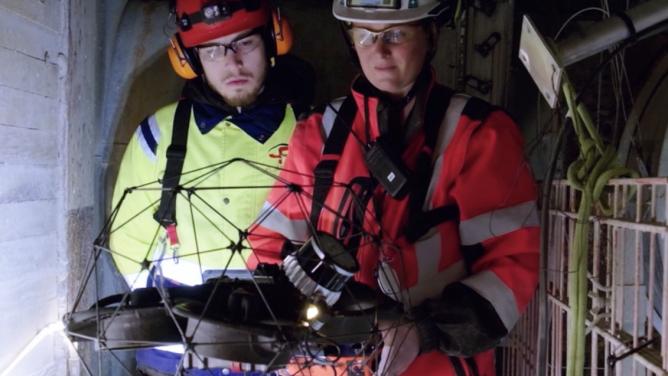
Thursday October 25, 2018. The art world was all abuzz as a painting estimated to be worth $7,000 was sold at auction for $432,000 by Christie’s in London. Its stand-out feature? This was a piece of AI-generated artwork. Nowadays, even songs, clothes and articles are regularly made by algorithms. So is the same trend likely to hit architecture and urban planning?
Nothing new – only limited applications
This is exactly what Philippe Morel thinks, who’s an architect at EZCT Architecture & Design Research studio. “Are architects really needed today for designing vaguely square four-story buildings which can be found everywhere? Probably not. A well-programmed computer could do better – and faster,” he explained in a column for Le Moniteur. Philippe Morel is also the co-founder of the Digital Knowledge (DK) department at the Paris-Malaquais school of architecture. The course is designed to prepare architects for the world of AI and computational design, a design world that relies on algorithms and computers calculation capacities.
This subject is nothing new. In the 2000s, a team of researchers at the Swiss Federal Institute of Technology in Zurich lead a project called Kaisersrot, which explored the potential benefits of computers and automation in the urban planning process. They even submitted their wholly computer-designed projects to architecture competitions. One of their projects was for the urban redevelopment of Ambilly in the Haute-Savoie (France). Integrating numerous variables such as the amount of sunshine, density desired, traffic and public transport, their algorithm came up with different configurations for optimizing the space.
The process did have some limitations, as Adrien Besson, one of the project protagonists, highlighted via the website Espazium: “We could have configured everything but these days it’s always more conclusive to brainstorm around the model… because in the end, you need to make a choice. And that’s something the computer can’t do.” The first cases of artificial intelligence being used in architecture is mainly limited to optimizing land use plans or research design for maximizing the amount of sunshine.
A Generative Adversarial Networks-lead revolution?
Nevertheless, recent advances in the fields of machine learning could soon bring about change. An AI capable of compiling and analysing masses of data can prove to be especially useful in facilitating planning major projects, like a virtual assistant.
Architects Nono Martinez and Hao Zheng took a look into the question of a man-machine collaboration in their respective works in 2017 and 2018. “Both authors tackled the idea of a loop between the machine and the designer to refine the very notion of ‘design process’,” explains architecture student Stanislas Chaillou in an article dedicated to the topic on Medium.
For example, AI could play an important role in a specific field, such as plan conceptualization, thanks to Generative Adversarial Networks (GAN). Using a dataset as a basis (such as a compilation of thousands of existing building plans), the program made up of a generator and a discriminator is capable of producing new, never-before-seen plans. When the discriminator evaluates the produced result for authenticity, the generator tries to trick the discriminator, hoping to pass off fake images as real. This technique was used to create the painting sold at Christie’s, and will undoubtedly find a use in the architecture world.
That said, some building design phases are subjected to totally subjective criteria. For example, should we let AI choose the look of a building? If the growing contribution of AI in architectural projects seems an evidence, the real challenge would perhaps be determining the degree of human intervention required in order not to loose the meaning we want to give to architectural projects.


